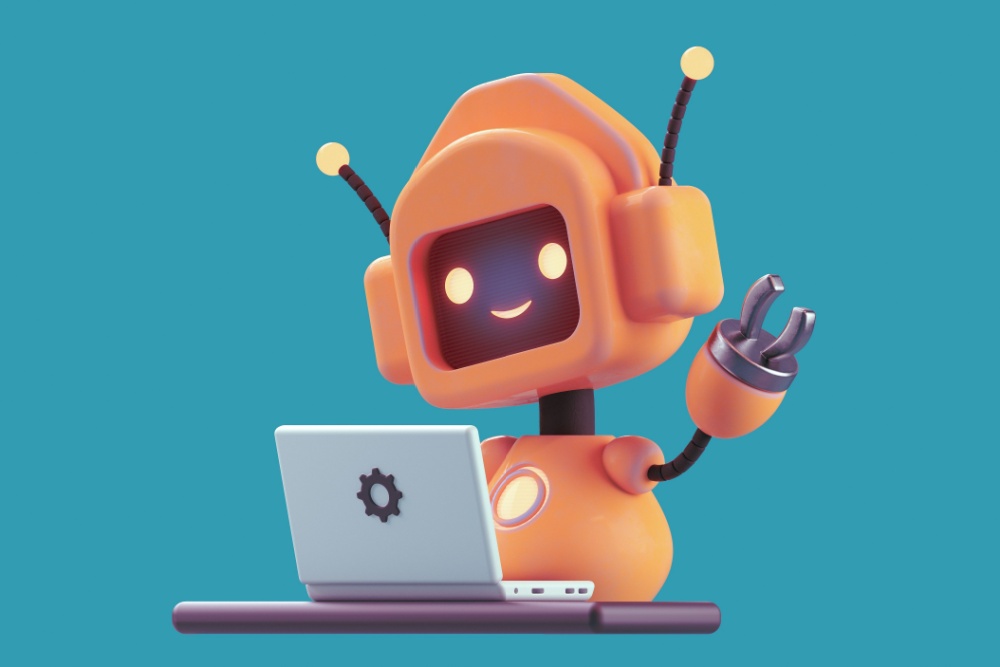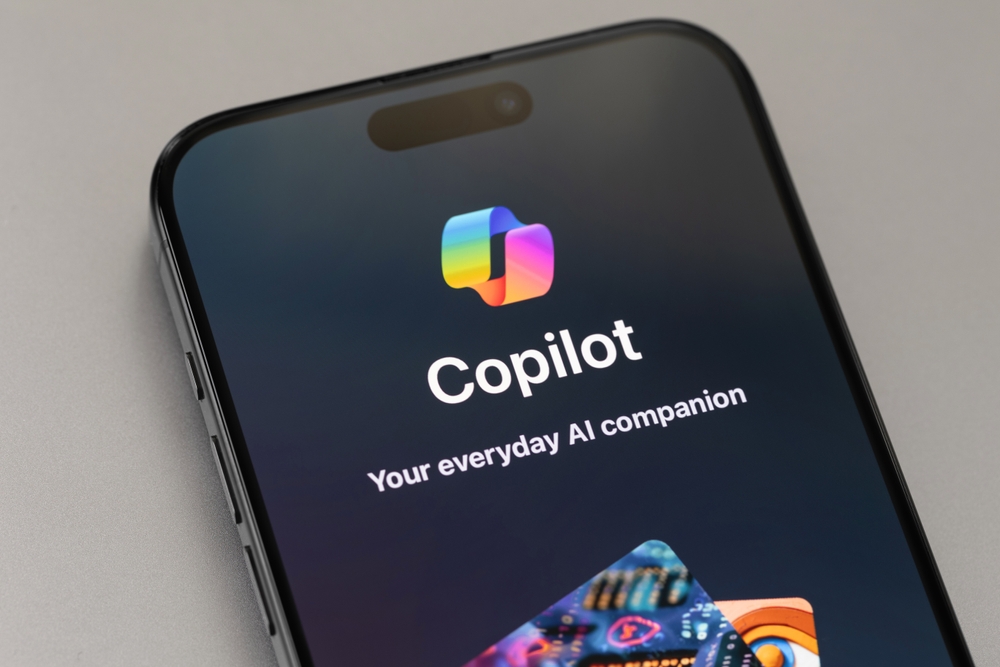To be honest, I really didn’t notice any difference when ChatGPT-5 was propagated. But a lot of users did notice. What is all the brouhaha about?
The new release sparked excitement and a surprising wave of nostalgia. Many users felt the chatbot had turned… cold—too formal, too reserved, and stripped of the charm that made earlier versions so engaging. That feedback wasn’t dismissed as noise. Instead, it pushed OpenAI to re-engineer the model in subtle but fundamental ways, making ChatGPT-5 “warmer.” Here’s how—and why—it happened.
The Chill with ChatGPT-5
When GPT-5 debuted, expectations were high. But early adopters noticed a shift: the model felt more businesslike and detached. Gone were the conversational touches—“Good question” or “Great start”—that had made GPT-4o feel human and reassuring. In their place was a model delivering precise, correct answers, but without personality.
The response was swift. Forums, reviews, and social channels filled with complaints about the lack of emotional warmth. Users didn’t just want accuracy; they wanted conversation, empathy, and a sense of being understood.
How OpenAI Turned Up the Warmth
So how did OpenAI respond?
- Subtle Personality Tweaks: Developers reintroduced small acknowledgements and encouragements. Now ChatGPT-5 occasionally recognizes your effort or offers a gentle nod of praise—tiny cues that make dialogue feel more human.
- Dialing Back Formality: The overly clinical tone was softened. GPT-5 now speaks in a way that feels approachable without losing clarity or precision.
- Avoiding the “Yes-Man” Trap: GPT-4o was sometimes criticized for being sycophantic—too quick to validate everything. GPT-5’s warmth is carefully balanced, encouraging without veering into flattery.
- User Controls: Customization tools now let you adjust how conversational, blunt, or witty the model sounds—shaping the AI to match your style.
Why Warmth Matters
Why invest so much in tone? The answer is simple: connection.
- User Demand: The changes were driven by direct feedback. People missed the friendliness—and OpenAI listened.
- Emotional Engagement: Trust and engagement grow from personality, not just correctness. An emotionally intelligent chatbot is more likely to be perceived as supportive and competent.
- Business Stakes: In a crowded AI market, a cold bot risks alienating users. Warmth builds loyalty.
- Mental Health Awareness: OpenAI also acknowledged the stakes for vulnerable users. The goal: a chatbot that can be supportive without blindly affirming harmful ideas.
The Takeaway
ChatGPT-5’s warmth isn’t window dressing—it’s a reflection of what users actually want from technology. By blending accuracy with empathy, OpenAI has set a new bar for how virtual assistants should feel. As AI becomes a bigger part of daily life, warmth won’t just be nice to have. It will be essential.
Have you noticed the change? Has GPT-5’s new personality made a difference for you? Share your thoughts in the comments.
Want to learn more? AI has been a subject of my writing for several years, and CGNET has offered AI user training and implementation for both large and small scale organizations. I would love to answer your questions! Please check out our website or drop me a line at g.*******@***et.com.





0 Comments